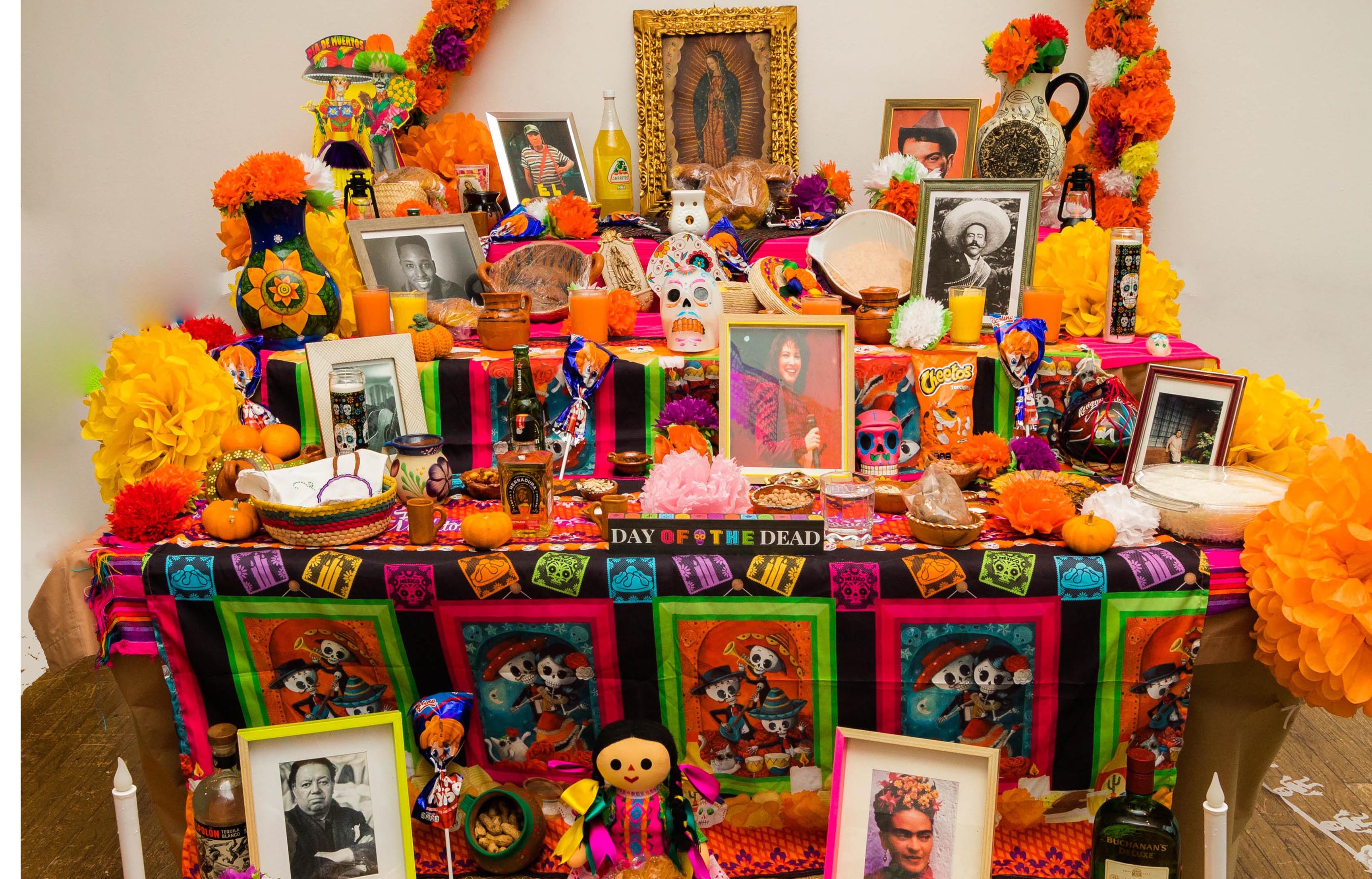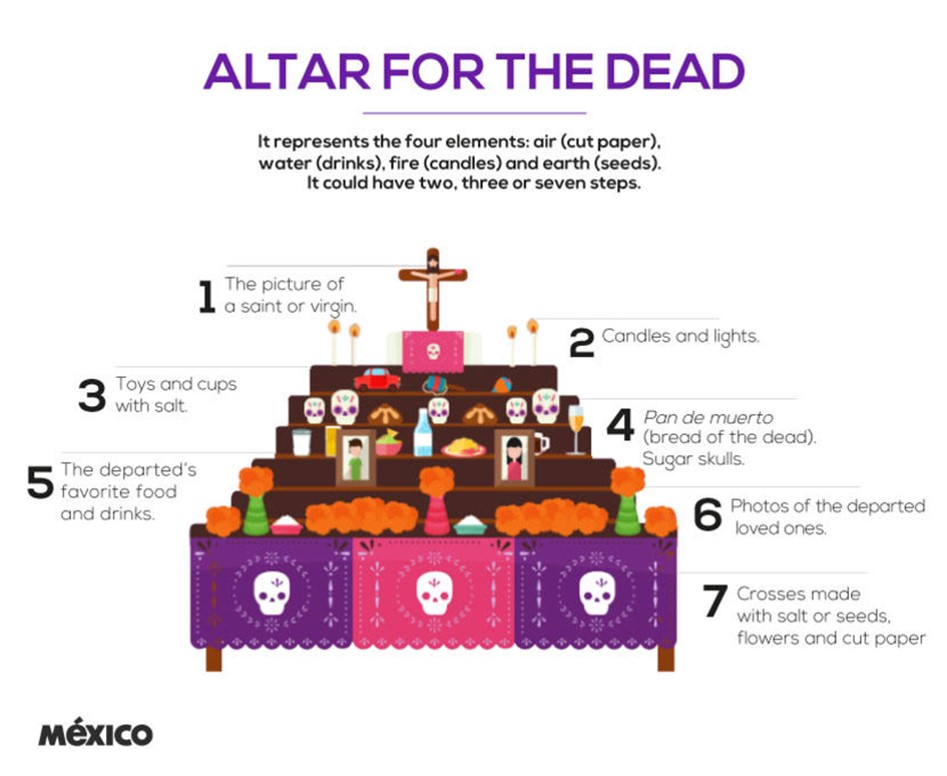

This is why many create Day of the Dead altars. However, traditional beliefs often still influence how they observe the Day of the Dead. Many who celebrate Day of the Dead now may not necessarily believe dead loved ones truly return to Earth during Day of the Dead celebrations. When they do, they may hear the prayers of their surviving loved ones. Traditionally, those who celebrate the Day of the Dead have believed that during this time of the year, the souls of lost loved ones return to the world of the living. What Does a Day of the Dead Altar Represent? » MORE: Cake members focus on family, not confusing logistics. It may also be possible to find Day of the Dead altars in certain public spaces during the celebration. Some families keep Day of the Dead altars in their own homes. Graves are not the only places that may serve as locations for Day of the Dead altars. The goal is to celebrate the dead instead of only mourning them.

Families usually take this opportunity to reflect on happy and humorous memories of their lost loved ones. To some, this may sound morbid or somber, but that does not tend to be the case. Then, during Day of the Dead celebrations, they may set up an altar at the grave itself.Ī family will often have a picnic at a loved one’s grave after setting up a Day of the Dead altar. In preparation for Day of the Dead, a family might travel to a loved one’s grave in the days before the celebration to clean it. It can also feature offerings to the dead.ĭay of the Dead altars play a very significant role in overall Day of the Dead celebrations. It will typically be colorful and decorative in nature. What Is a Day of the Dead Altar?Ī Day of the Dead altar is essentially a shrine for a lost loved one. This guide will explain what one is, and what types of items may adorne one. One way they do so is with a Day of the Dead altar, also known as an ofrenda.

People who take part in them aren’t mourning the dead, so much as they are celebrating their lives. What Are the Four Elements of an Altar?ĭespite their subject matter, Day of the Dead celebrations hardly appear somber and sad.What Does a Day of the Dead Altar Represent?.On November 1, participants traditionally honor dead children, dedicating November 2 to deceased adults. This holiday, in fact, tends to span two days. That’s why every single culture around the world has certain unique traditions connected to death.įor example, in Mexico and parts of Central and South America, many celebrate Día de los Muertos, or Day of the Dead. The following examples are not obligatory, but are commonly used in the construction of an ofrenda.Death is an inevitable part of life. Water to satisfy the thirst of the dead who visit Fire burning in candles Earth in food and other items for the departed and Wind, which is represented by the papel picado, paper flowers and other paper elements that move with the wind.Īn altar for Day of the Dead may contain various items. The individual elements can be grouped into four categories that correspond with natural elements of water, fire, earth and wind. Dia de los Muertos – Elements of Day of the Dead Altars in Sonora, MexicoĮl Día de Muertos, the Day of the Dead, is a Mexican tradition that interweaves ancient aspects of pre-Hispanic culture with Christian beliefs to create a unique annual event of remembrance for the departed.ĭay of the Dead altars, also known as ofrendas (offerings), are constructed and adorned to remember, honor and please the dead, are a central symbol of the Dia de los Muertos.Īn altar may include a variety of symbols and items that are reminders of the deceased, or that were favorites of the honoree of the altar, but the following 12 items are considered to be fundamental requirements for an ofrenda.


 0 kommentar(er)
0 kommentar(er)
